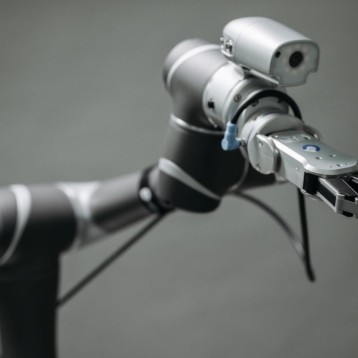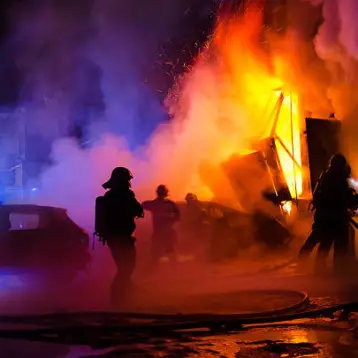Professor Andrew Ng and his team placed their software and instrumentation in off the shelf radio controlled model helicopters supported by additional systems on the ground. The helicopters carry instruments like accelerometers to monitor position, gyroscopes to monitor rotational orientation, and magnetometers that use the Earth’s magnetic field to determine direction. The full suite of instrumentation on the helicopter and on the ground measure many other variables including location, velocity, acceleration, and spin.
The current helicopters are about four feet long, but larger helicopters capable of carrying all of their support instrumentation on board may be viable in the future. Such helicopters would not be limited in range by the need for constant communications with the ground or by the need for ground-based cameras to provide positional information, both limitations of the current systems.
A helicopter is an unstable system requiring constant input and small corrections to maintain a smooth flight path. This makes them especially challenging for autonomous control. Early attempts at writing software to control a helicopter was able to control simple maneuvers but failed at more complex flight patterns. The artificial intelligence helicopter was able to successfully complete around a dozen tricks, most much more complex than systems using software attempting to provide specific instructions for individual maneuvers.
The Stanford group realized that even defining what it means to fly well was difficult but eventually settled on a benchmark that required replicating the flights of expert radio control pilots performing at air shows. This gave the researchers specific goals and flight patterns to perform and analyze as well as a fairly quantitative way to measure their success or failure.
Eventually, researchers hope these artificial helicopters will be able to search for land mines in former war zones and to monitor the progress of wildfires and other natural disasters that don’t easily permit human observation. Stanford’s helicopters are not yet up to those tasks, but may be the first step in creating autonomous helicopters than can perform specific tasks in dangerous terrain.
TFOT has reported on other innovative helicopters and autonomous flight vehicles, including DARPA’s helioplane that combines traditional elements of helicopters and fixed wing aircraft, an unmanned aerial vehicle powered by electrical power cables but also capable of flying without direct contact to the cable, the Gen H-4 personal helicopter, and the platform-style individual lifting vehicle where the pilot stands on a platform on top of the rotors.
Read more about these helicopters in the Stanford University press release found here.










